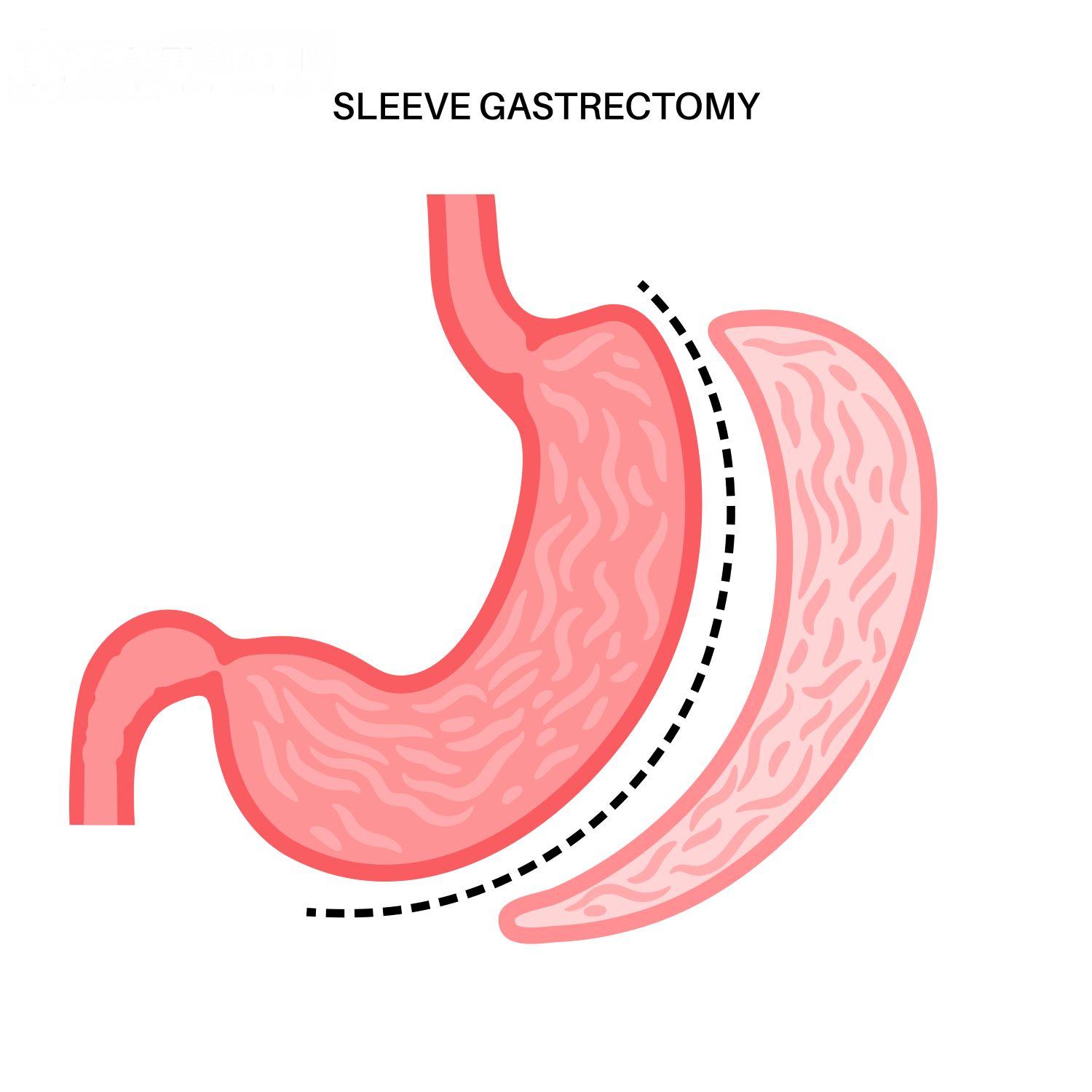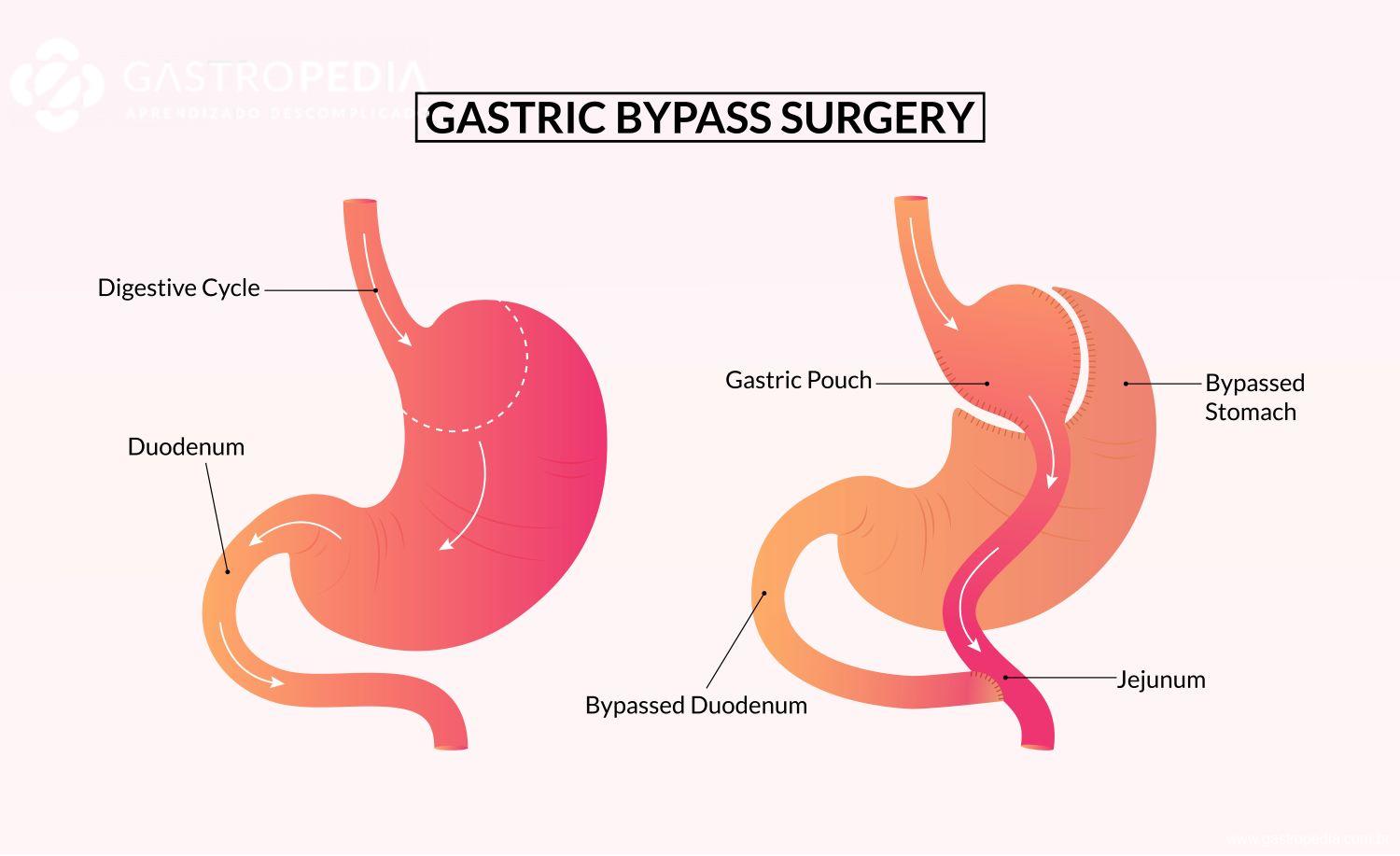Gastroenteritis: What It Is and How It Differs from Gastritis
Gastroenteritis is an infection that affects the digestive system, mainly in the small intestine region. Usually, a crisis lasts from 2 to 5 days.
The condition can be triggered by the presence of bacteria, such as Salmonella, Shigella, and Campylobacter, found in contaminated food.
Certain medications, parasites, or health conditions can also cause symptoms considered gastroenteritis.
However, most cases occur through viral infection. Rotavirus is the main triggering agent of gastroenteritis, but there are many others that can cause the condition.
Learn more about gastroenteritis and how it differs from gastritis:
Gastroenteritis and gastritis: main differences
Location
Gastritis is an inflammation that appears in the lining of the stomach, which can be acute or chronic.
Gastroenteritis, on the other hand, is an infection of the gastrointestinal tract, which may include the stomach but usually manifests in the intestine.
Symptoms
The main symptom of gastroenteritis is diarrhea, which may be accompanied by vomiting, while gastritis causes pain and a burning sensation in the stomach, more specifically in the upper abdomen.
Severity
Gastroenteritis, when caused by amoebas or viral agents, has a much worse prognosis compared to gastritis, and can cause severe dehydration processes.
Symptoms of gastroenteritis
The main symptoms of gastroenteritis are:
- Diarrhea;
- Nausea;
- Loss of appetite;
- Vomiting;
- Chills;
- Tiredness;
- Stomach pains;
- Muscle pains.
How gastroenteritis is diagnosed
The diagnosis is usually clinical, and occasionally some laboratory or stool tests are necessary.
Possible treatments for gastroenteritis
The use of medications to stop diarrhea and antibiotics can only be prescribed by a doctor, otherwise, there is a risk of worsening the infection.
Furthermore, treatment for gastroenteritis involves a lot of rest, fluid intake, and light eating, mostly consisting of soups, broths, porridges, and other less solid preparations.
Regarding fluids, it is advisable to prefer clear ones, such as some teas, non-acidic juices, and water. When in doubt, water should be the priority during the patient’s recovery.
In case of dehydration, it is advisable to consume sports drinks to replace sodium, potassium, and lost minerals. It is necessary to check with the doctor the ideal amount of isotonic drink to be consumed per day.
Focus on diet
To recover from an episode of gastroenteritis, it is essential to avoid caffeine, such as black tea or coffee, as well as acidic juices, such as orange and lemon.
It is also advisable to avoid spicy, fatty foods, and sugar.
Dairy products in general should be avoided until the total disappearance of symptoms (three days after the diarrhea stops).
Discover more about gastroenteritis and other digestive system conditions on EndoBlog
Here at EndoBlog, you can access information provided by the team of professionals from the Endoscopia Terapêutica portal and can have your questions about digestive system conditions, such as gastroenteritis, and about important exams, such as digestive endoscopy.
Browse EndoBlog to access the articles firsthand.

